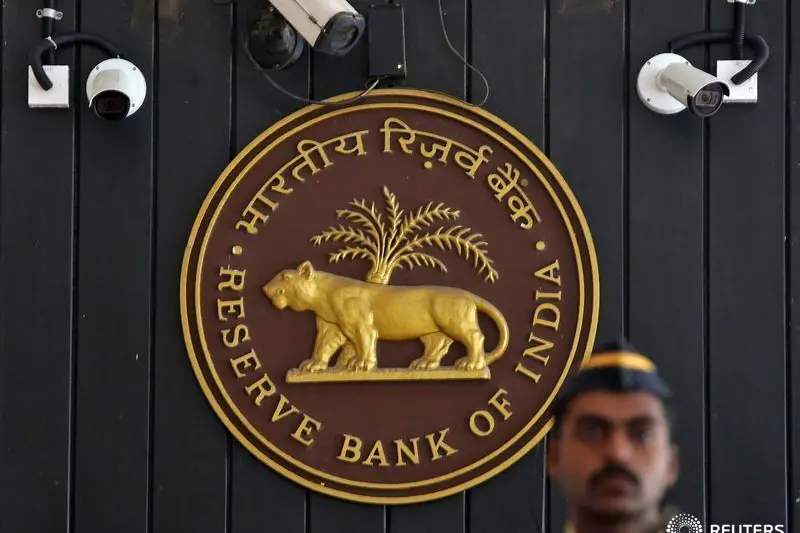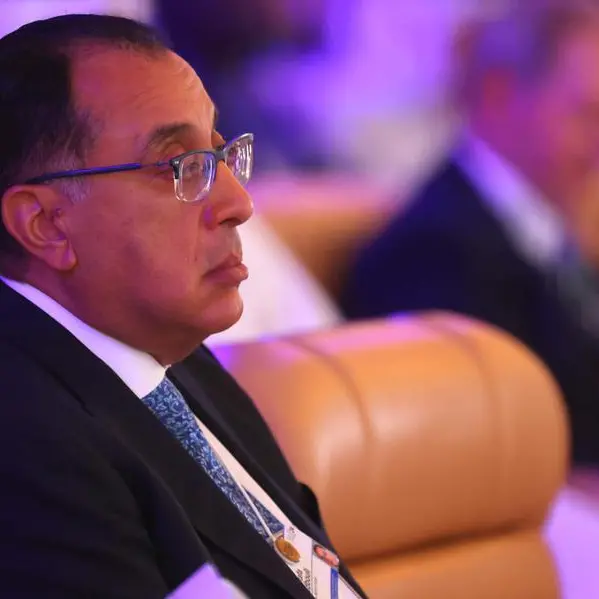PHOTO
MUMBAI - One defeat will not stop the bad debt war. A Reserve Bank of India order forcing defaulting firms into bankruptcy has been quashed by the Supreme Court. It restores lenders’ ability to delay tough resolutions. Yet the judgement delivered on Tuesday also indicates the central bank still has plenty of power to turn the screws on banks and their errant borrowers.
The RBI was celebrated when it issued a tough directive in February last year to compel banks to stop dragging their feet in resolving the country’s $150 billion bad debt problem, and make better use of a newish bankruptcy code. Lenders were ordered to implement a resolution plan within 180 days for defaulting accounts of 20 billion rupees ($290million) and above, and to file for insolvency proceedings in the event that failed.
Lenders and companies, including those in power, shipping, and sugar, pushed back. They argued a six-month resolution window was too short, and a requirement for 100 percent of consent of lenders was unrealistic. Even the bankruptcy code, they pointed out, only requires the support of two-thirds. In the end, the country’s top court upheld the complaint on a point of law, arguing it contravened the banking regulations act. That changes the outlook for bad debt worth about one third of the total.
The RBI will now need to come up with case- or company-specific arguments, and seek New Delhi’s authority to force companies into insolvency, says Amit Kapur, managing partner of J. Sagar Associates, which represented the Association of Power Producers and other clients. The ruling only limits the RBI’s right to issue general directives, not its duty as watchdog.
So there will now be fewer cases going into the already backlogged insolvency courts. But the central bank may still be able pull other levers to reduce the incentive for lenders to drag their feet, like tougher provisioning rules. Overall, India’s judiciary has mostly upheld the 2016 bankruptcy code. And even though most insolvency cases have failed to be resolved within the 270-day timeline - including Essar Steel, now in the process of being acquired by ArcelorMittal - the direction of travel is still positive. The RBI lost a battle this week, but the war continues.
On Twitter https://twitter.com/ugalani
CONTEXT NEWS
- India’s Supreme Court ruled on April 2 that a central bank directive forcing defaulting firms into bankruptcy proceedings did not comply with the Banking Regulation Act.
- The circular from the Reserve Bank of India, issued on Feb. 12, 2018, had required lenders to implement a resolution plan within 180 days for defaulting accounts of 20 billion rupees ($290 million) and above, and to file for insolvency proceedings if that failed. The plan would have required 100 percent of lenders to consent.
- The finance ministry, through a report issued with its backing, had earlier argued that the “one size fits all” approach was “erroneous”.
- Several companies, including those in power, sugar, and shipping, had challenged the RBI move in court.
- For previous columns by the author, Reuters customers can click on GALANI/
- SIGN UP FOR BREAKINGVIEWS EMAIL ALERTS: http://bit.ly/BVsubscribe
(The author is a Reuters Breakingviews columnist. The opinions expressed are her own.)
(Editing by Clara Ferreira Marques and Sharon Lam) ((una.galani@thomsonreuters.com; Reuters Messaging: una.galani.thomsonreuters.com@reuters.net))












